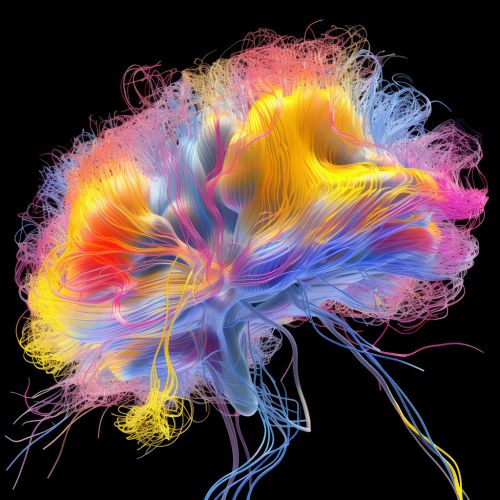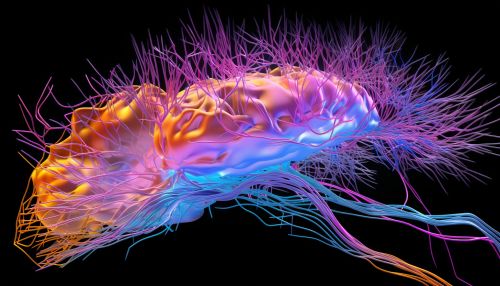Cognitive Mechanisms of Spatial Cognition in Navigation
Introduction
Spatial cognition is a branch of cognitive psychology that studies how people perceive and think about space, and how they use this understanding to navigate through the physical world. It involves a complex interplay of cognitive processes, including perception, memory, attention, and decision-making. This article delves into the cognitive mechanisms underlying spatial cognition in navigation, providing a comprehensive and detailed examination of the topic.
Perception and Spatial Cognition
Perception is the process by which we interpret sensory information to understand our environment. In the context of spatial cognition, perception allows us to form mental representations of the space around us. This involves the processing of visual, auditory, and tactile information, as well as proprioceptive and vestibular cues, which provide information about our body's position and movement in space Learn more about Perception.


Memory and Spatial Cognition
Memory plays a crucial role in spatial cognition, particularly in the formation and retrieval of spatial representations. Spatial memory allows us to remember the location of objects and places, and the routes we have taken in the past Learn more about Spatial Memory. It involves both short-term working memory, which holds information about our immediate surroundings, and long-term memory, which stores information about familiar environments and routes.
Attention and Spatial Cognition
Attention is another key cognitive mechanism involved in spatial cognition. It allows us to focus on relevant spatial information and ignore irrelevant details. Spatial attention is particularly important in navigation, as it enables us to concentrate on our destination or on potential obstacles in our path Learn more about Attention.
Decision-Making and Spatial Cognition
Decision-making is a critical component of spatial cognition in navigation. It involves choosing the best route to reach a destination, deciding when to turn or continue straight, and determining whether to follow a familiar path or explore a new one. These decisions are often based on our spatial memory and perception, as well as on our goals and the current context Learn more about Decision Making.


The Role of the Hippocampus in Spatial Cognition
The hippocampus, a region of the brain located in the medial temporal lobe, plays a central role in spatial cognition. It is involved in the formation and retrieval of spatial memories, and is particularly important for navigation. The hippocampus contains place cells, which fire when we are in a specific location, and grid cells, which fire at regular intervals as we move through space, creating a kind of internal map of our environment Learn more about Hippocampus.
The Role of the Parietal Cortex in Spatial Cognition
The parietal cortex, located in the posterior part of the brain, is also involved in spatial cognition. It processes sensory information from various modalities to form a coherent spatial representation of our environment. The parietal cortex is also involved in spatial attention and decision-making Learn more about Parietal Cortex.
The Role of the Prefrontal Cortex in Spatial Cognition
The prefrontal cortex, located in the frontal lobe of the brain, plays a role in the cognitive control of spatial cognition. It is involved in planning and decision-making, and it helps to integrate spatial information with other types of information, such as temporal information or social cues Learn more about Prefrontal Cortex.


Conclusion
Spatial cognition is a complex cognitive ability that involves multiple cognitive processes and brain regions. It allows us to perceive, remember, and navigate our environment, enabling us to move through the world with ease and efficiency. Understanding the cognitive mechanisms of spatial cognition can provide insights into various aspects of human cognition and behavior, and can have implications for fields such as psychology, neuroscience, artificial intelligence, and urban planning.
